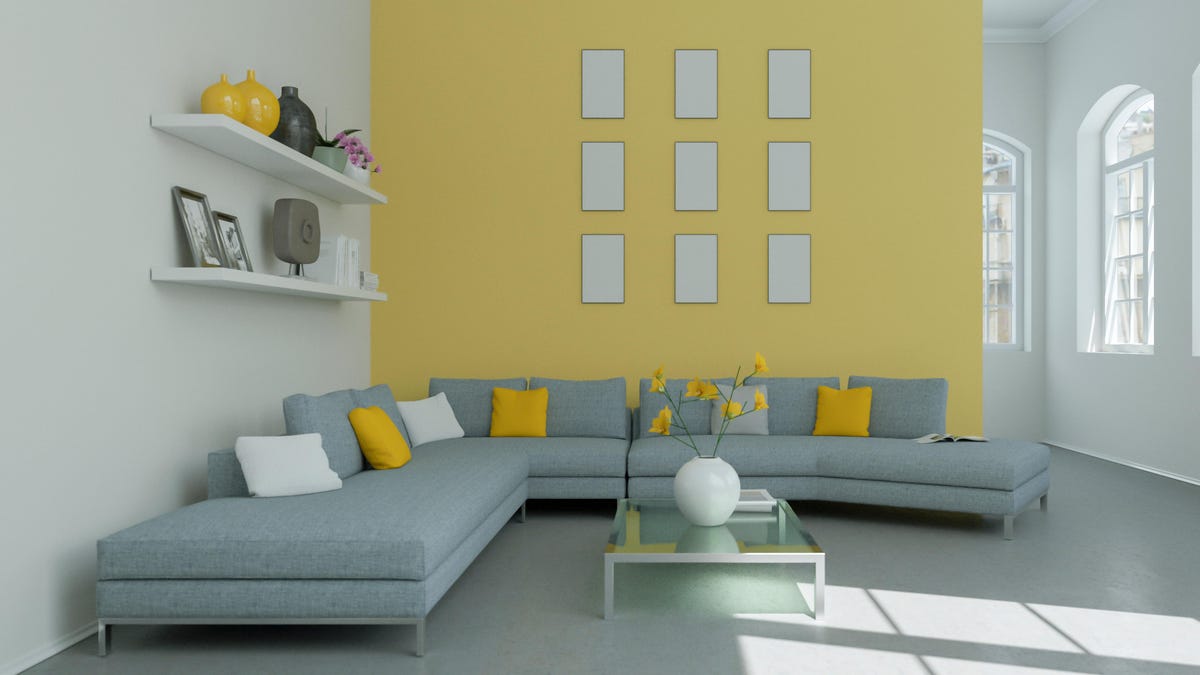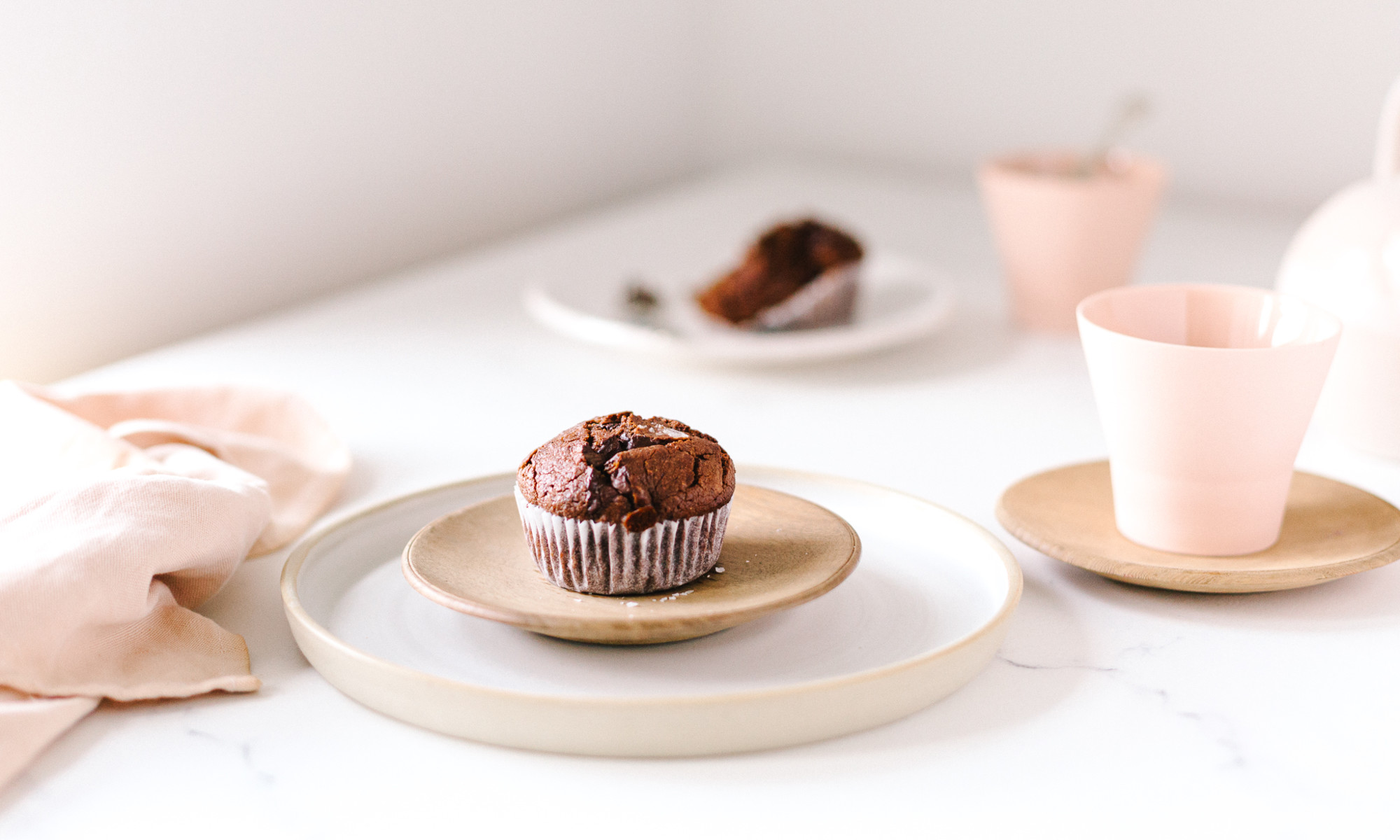How to Make Your Accent Wall Look Intentional, Not Like an Accident
Let’s get real: Sometimes accent walls can look more like accident walls—where someone ran out of paint, and never finished the job. Maybe it was their choice of color, or the wall they selected, but whatever it was, it’s...


Photo: virtua73 (Shutterstock)
Let’s get real: Sometimes accent walls can look more like accident walls—where someone ran out of paint, and never finished the job. Maybe it was their choice of color, or the wall they selected, but whatever it was, it’s not working. And yet, Instagram is plastered with posts from design accounts showing perfectly executed accent walls that look like they were meant to be there.
If you’re considering painting an accent wall yourself, you may be concerned about falling into that first category. But don’t worry: We’ve got some tips and strategies to ensure your accent wall looks intentional (and good). Here’s what to know.
What is an accent wall?
An accent wall’s color or design is different than the rest in the room. They can be used in any room in a home, and are a way to add some color to an otherwise-neutral room without the commitment (and time and cost) of painting or wallpapering all four walls.
When done right, accent walls can also make rooms look more put-together. “A strategically painted accent wall is a powerful and effective way to add dimension and focus in a room,” says Cameron Johnson, an interior designer and founder of the Nickson design firm.
How to create an accent wall that works
Here are some tips and strategies that will ensure your accent wall looks like no accident:
Pick the right color
This sounds obvious, but it’s where so many people go wrong. “Color choice is also extremely important,” Johnson says. “The color should work in tangent with the surrounding furnishings and design, pulling a color from the rug for example.”
But you should also consider the room’s role in your daily life—and how you want to feel when you’re in it—when choosing a color.
“Blue is known to calm and promote a meditative zen—such that a lovely blue in the bedroom can create the perfect tranquil oasis,” Johnson explains. “Green is invigorating and balancing, and often a nice choice in an entryway or living space. Even yellow, in small doses, can be welcoming and energizing.”
Pick the right wall
It’s best not to choose a wall at random, or simply because it’s the easiest one to paint. According to Johnson, the best wall for an accent color is typically the one with the room’s focal point—like the fireplace wall, a wall behind a headboard in the bedroom, or a wall with a large-scale piece of art.
Consider an accent ceiling
A ceiling can be an accent wall, too. Painting the ceiling turns your attention upwards when entering the room, making it the focal point. Typically, accent ceilings are done in rooms with crown molding, which acts as a clear border between the ceiling and the other walls in a room. But it’s certainly possible to do an accent ceiling in a room without crown molding for a more modern look.

 MikeTyes
MikeTyes 
































